Win the Game, Lose Your Mind
Sports Medicine is an ever changing field, with new discoveries emerging daily. With more information available to the general public, more and more people are realizing the importance of concussions, especially in youth sports. According to the ImPACT (Immediate Post-Concussion Assessment and Cognitive Testing) website,“Concussions are very difficult to diagnose and symptoms may not appear immediately. Children, teens, and athletes of any age or level may be reluctant to admit or address the possibility of a concussion, either because the effects are so subtle or because they may want to return to their normal activities as soon as possible.”
Since concussions are difficult to detect, The Salinas Union High School District implemented the ImPACT test district wide as a new requirement added to the usual protocol of getting cleared for sports. Athletic Director Jose Gil stated, “This is the first step in educating parents, athletes, and coaches.”
The athletes who participate in any school sports have no choice in taking the ImPACT test, since it is a requirement for both contact and noncontact sports. The reasoning behind is to establish a cognitive baseline for the athlete. The test consists of six independent miniature tests that evaluates your neurocognitive function which is made up of: memory, attention, brain processing speed, reaction time, and post-concussion symptoms.
First, athletes take the Baseline test to assess their normal cognitive function which takes, on average, 30 minutes, but can vary depending on your efficiency.
This test involves several miniature-quizzes where you have to remember words that were shown after doing another activity, recall what figures have been previously shown, choosing numbers backwards from 25 ,and remembering where certain figures were located previously after.
Senior Javion Macias took his test in order to get cleared for football and said, “The test was easy, but it was too long. Macias, who has had concussions before, recalls it as a huge headache that makes you feel dumb. He got his first concussion in the eighth grade while wrestling. It took him out of the sport for about three weeks. At that time no concussion protocol was in place, meaning it was up to the athlete and coach. For this concussion he did receive medical attention from a doctor but for the two other concussions he told no one due to wanting to “continue playing because I thought it wasn’t that serious.”
The second part of the test is administered by a licensed healthcare provider when a concussion is suspected. Test results are compared to your original baseline scores as part of a healthcare provider’s assessment of the injury. Multiple post-injury tests may be given to an individual during the course of treatment and rehabilitation. Once the doctor evaluates the situation and clears the athlete he must next follow our school’s new concussion protocol. The new protocol states the athlete must first rest for 7-10 days; second, they must present a Doctor’s note clearly stating they are cleared to practice; third, depending on the seriousness of the injury the athlete must practice 3-5 days with a helmet, and lastly the athlete may fully participate with close monitoring from coaches.
Baseline testing cognitive function is very beneficial for student-athletes, it’s the first step in the right direction. Another tool that could protect athletes is the FITGuard by Force Impact Technologies.The FITGuard is a mouthguard with sensors inside it that measure the force of an impact, depending on the force the mouthguard will light up. Green is the player is good, yellow the player received a good blow, and red the player received a high impact blow and should be checked out.“The FITGuard aims to solve the problem of athletes returning to play when they have a high probability of a head-injury. To accomplish this, we visually indicate when further evaluation is needed, using our High-Luminosity LEDs.” The concept behind the FITGuard is that it indicates force through a visual display to alert the coaches and referees that the athlete has had a substantial hit.
Athletes are willing to risk it all to win the game, but little do they know they may be risking their mind.Once an athlete has sustained a concussion, he or she has a higher risk of sustaining another concussion. A second blow to the head while the first concussion is still healing can result in additional long-term injury, or even permanent brain damage.Complications from a second blow to the head include post-concussion syndrome, which is characterized by persistent concussion symptoms including dizziness, headaches, irritability, problems with memory and attention. Dangerous and even fatal brain swelling can occur in some instances.Concussions are no laughing matter they must be taken serious. The ImPACT test is the first step in the right direction.
Your donation will support the student journalists of Alisal High School. Your contribution will allow us to purchase equipment and cover our annual website hosting costs.



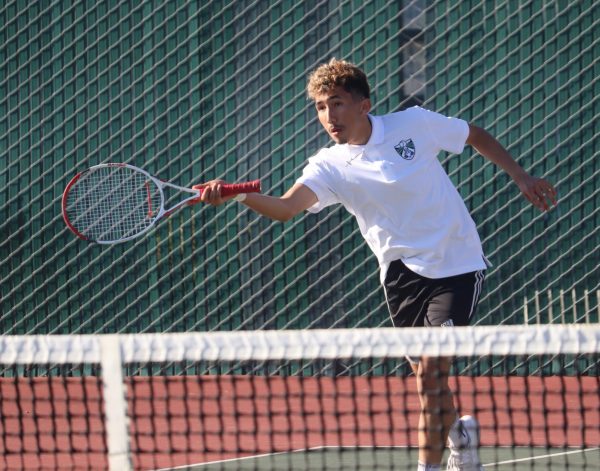
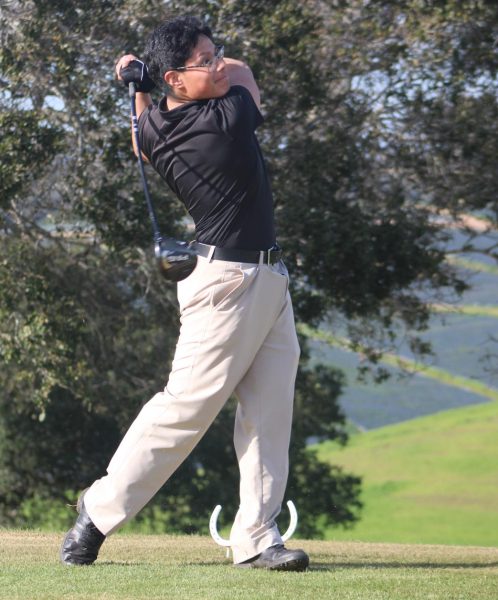

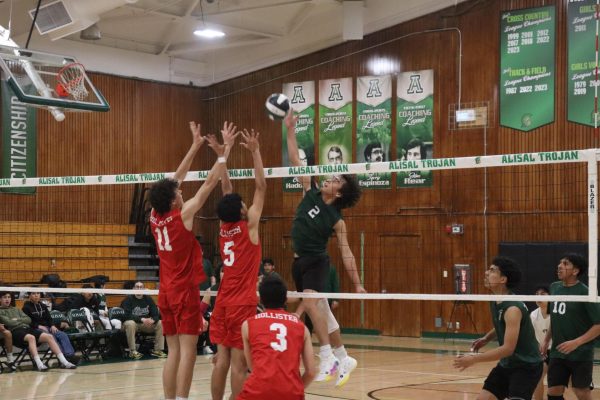
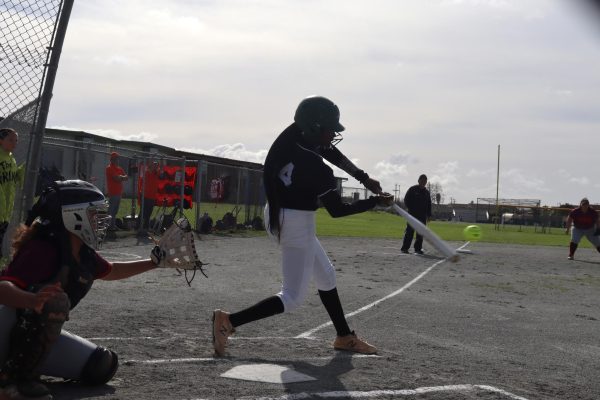

![Isaac Rodriguez beats Tyler Filice from Cristopher at CCS Southern Regionals. After getting him on his back, Rodriguez holds him down as time runs down for near-fall points, resulting in him winning 9-2. “[I was telling myself] I have to win this match no matter what, gotta wrestle smart and keep doing what I’ve been doing all season long,” he said.](https://alisaltrojantribune.com/wp-content/uploads/2024/04/2-10-24-CCS-Regionals-Isaac-e1712350793444-600x509.jpg)
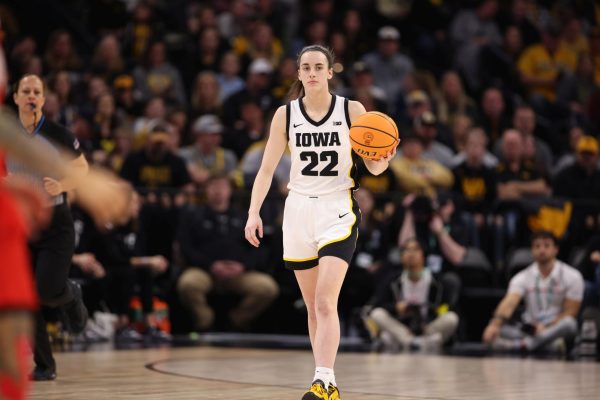
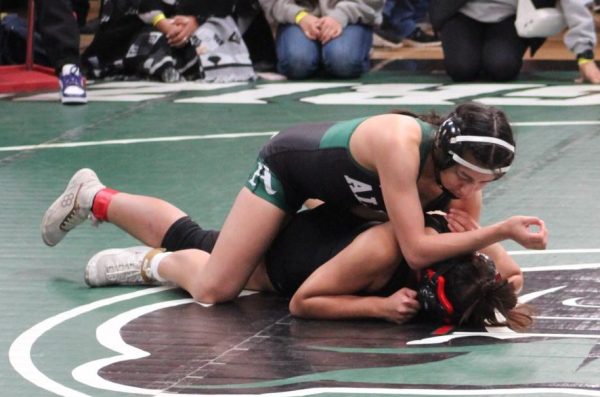

Nayeli Alonso • Oct 4, 2016 at 2:00 am
Who may I contact about inquiries ?
This site has no contact information.
Thank you.
-Nayeli Alonso
Chris O. • Oct 5, 2016 at 3:41 pm
Hello, you can send your questions and concerns to [email protected]. Just wondering if the question was specifically for this article or the entire website.
Lorena • Sep 29, 2016 at 10:25 pm
Good job!